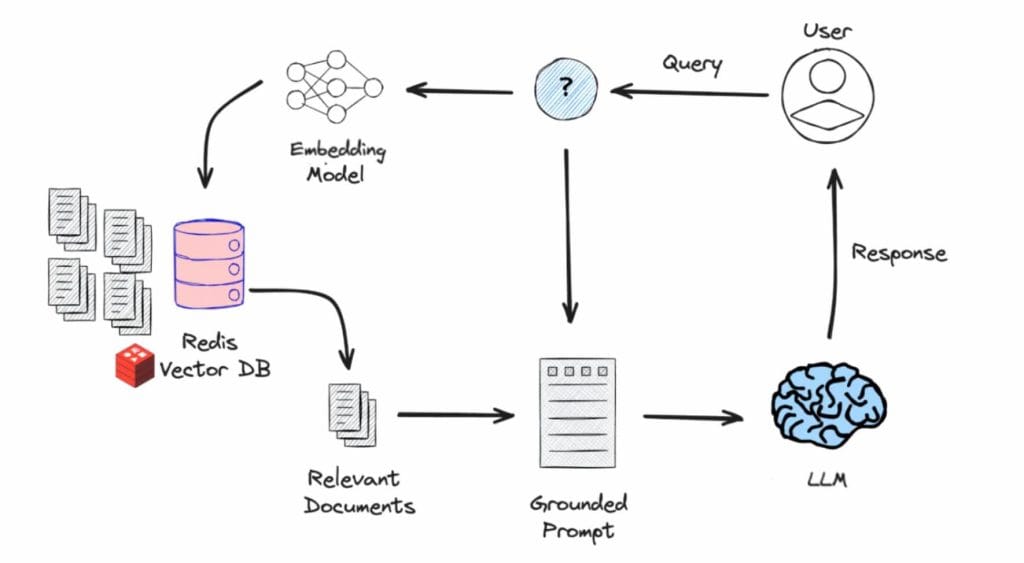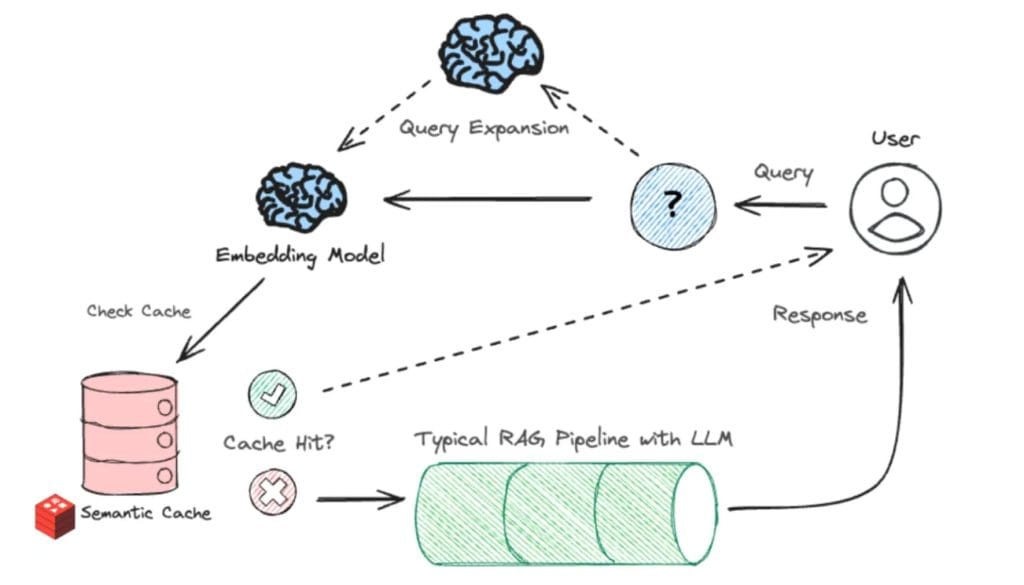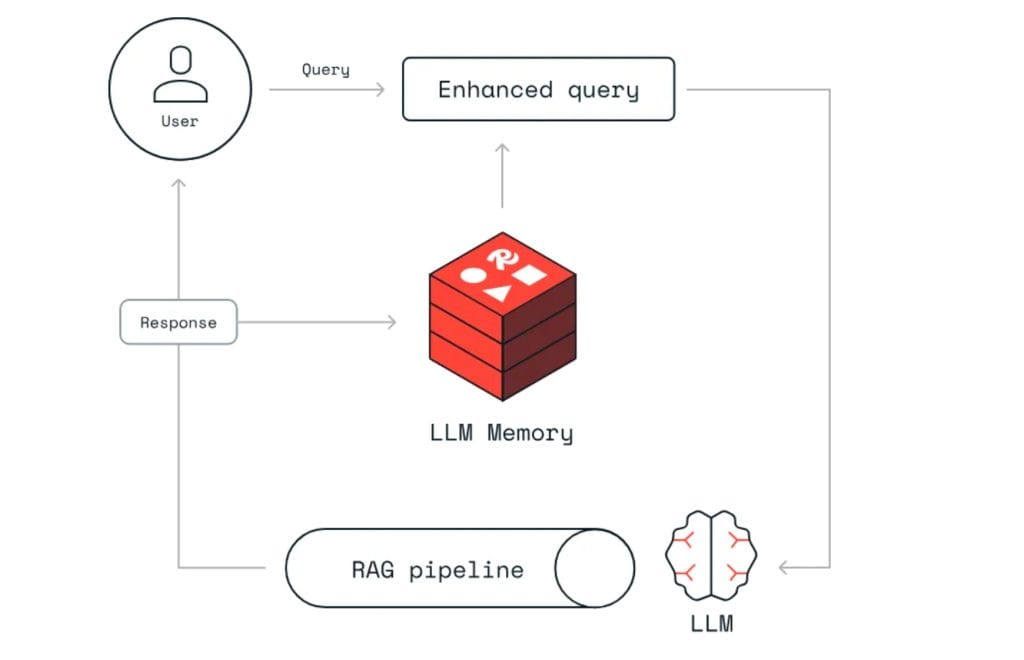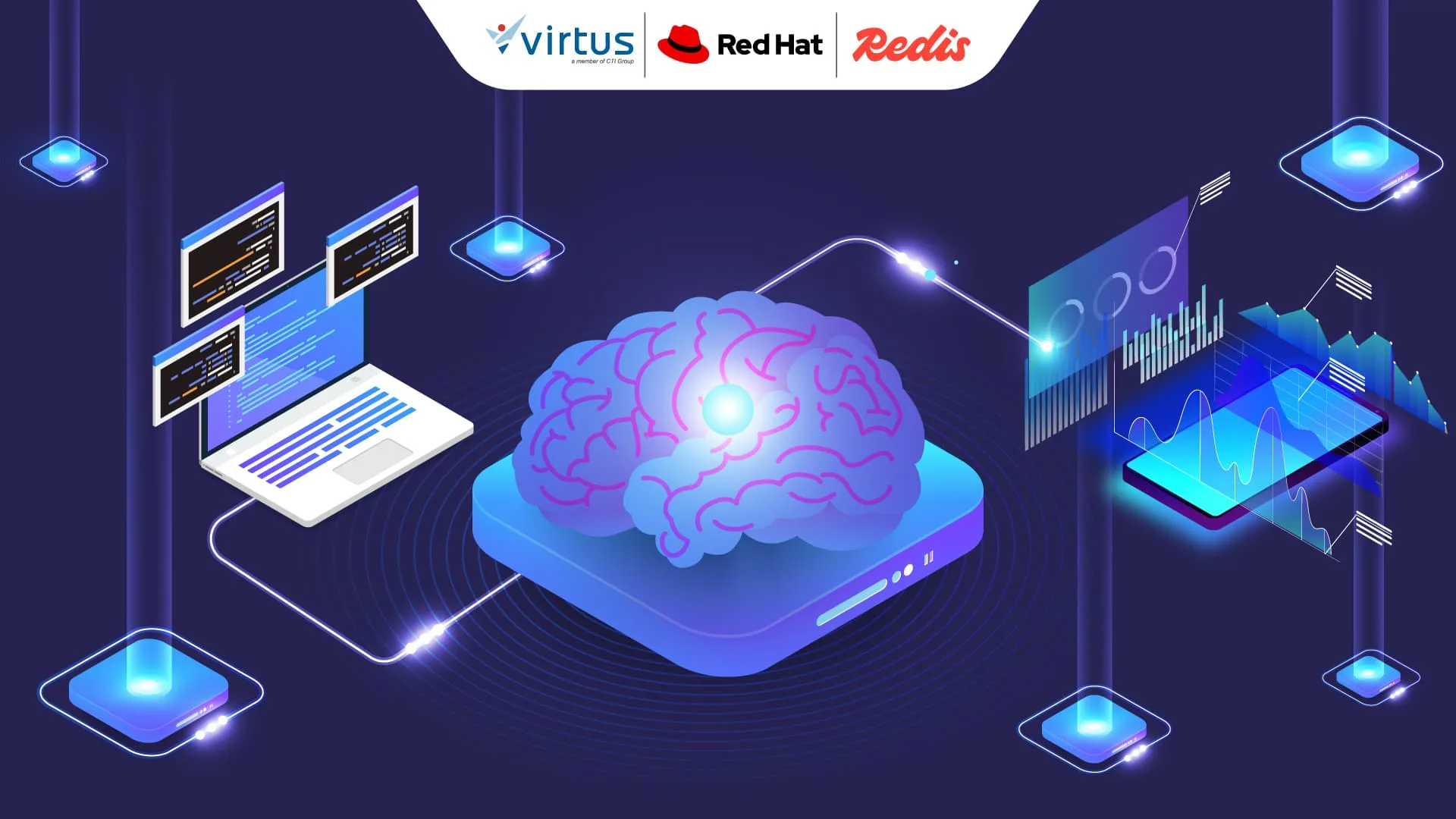Artificial Intelligence (AI) is no longer just a trend—it has become a necessity in modern business. From 24/7 customer service chatbots to predictive analytics that drive strategic decisions, AI is now a key weapon in the digital era. But here’s the real question: do you have the right AI infrastructure to support it?
Many organizations focus heavily on AI models and algorithms yet overlook a critical aspect—performance hinges on a solid technology foundation. Without the right infrastructure, AI becomes a “smart machine” that’s slow, expensive, and unreliable. This article will guide you on how to build an AI infrastructure that is robust, efficient, and scalable.
What Is AI Infrastructure and Why Is It Important for Your Business?
AI infrastructure is a set of technology components—both hardware and software—designed to support the entire AI lifecycle. From data collection and storage, machine learning (ML) model training, to delivering analysis or predictions in real-world applications, every stage requires a solid technological foundation.
Key components of this infrastructure include high-performance GPUs/CPUs, large-scale high-speed data storage systems, and orchestration platforms such as Kubernetes or OpenShift that enable efficient workload management.
How Is AI Infrastructure Different from Traditional IT Infrastructure?
Many businesses assume their existing IT infrastructure is sufficient for AI workloads. The requirements are vastly different. Let’s compare:
| Aspect | Traditional IT Infrastructure | AI Infrastructure |
| Main Purpose | Running general business apps | Training and inference of AI models, as well as running AI applications. |
| Workload Type | Stable and repetitive | Dynamic and compute-intensive |
| Data Type | Structured | Structured and unstructured |
| Response Time | Not always real-time | Highly reliant on real-time processing |
| Scalability Needs | Gradual and slow | Rapid and expansive |
AI needs a far more flexible, powerful, and Infrastructure. That’s why only a few companies succeed in implementing AI effectively—most legacy infrastructure simply can’t keep up.
Real-World Challenges of Running AI in Business
Imagine you have an advanced chatbot powered by a Large Language Model (LLM) for customer service. Sounds great on paper, right? But here’s what often happens in practice:
- The chatbot misunderstands the context due to lack of conversation memory.
- Its answers are outdated because the model isn’t synced with the latest data.
- Operational costs skyrocket as the model processes similar queries repeatedly.
These challenges arise because many businesses attempt to run AI without the proper infrastructure. So, what’s the solution?
A Modern Solution: Build Real-Time AI Infrastructure with OpenShift AI + Redis
Instead of building everything from scratch, forward-thinking companies now rely on proven technology stacks. One powerful combination that stands out is:
Red Hat OpenShift AI + Redis = Real-time, scalable, and cost-efficient AI infrastructure
Red Hat OpenShift AI
OpenShift AI is an end-to-end AI/ML platform that enables data science and engineering teams to efficiently build, train, and run AI models across cloud, on-premises, and hybrid environments.
With support for popular frameworks such as PyTorch, TensorFlow, and scikit-learn, OpenShift AI streamlines the entire AI lifecycle through the following key features:
- Automated MLOps pipelines for orchestrating models from training to deployment
- Integrated JupyterHub for seamless data exploration and experimentation
- Production-ready model serving with KServe
- Built-in CI/CD and observability, allowing teams to continuously monitor, test, and improve model performance
This platform is enterprise-grade—ensuring security, scalability, and full control over complex AI workloads.
Learn More: Red Hat Openshift
Redis for Real-Time AI Support
Redis is a high-speed in-memory database that goes beyond storage. It enables AI vector search, semantic caching, and seamless integration with Retrieval-Augmented Generation (RAG)—making it the backbone for fast, cost-efficient, and up-to-date AI applications.
Redis Features That Make AI More Efficient
Here are the key features that make Redis and OpenShift AI a game-changer for modern AI workloads:
1. Retrieval-Augmented Generation (RAG)

Source: Supercharge your AI with OpenShift AI and Redis
AI models no longer need to “memorize” massive databases. With RAG, models can fetch external information (like from Redis) in real-time. This:
- Improves accuracy and relevance
- Keeps answers current
- Reduces fine-tuning costs
2. Semantic Cache

Source: Supercharge your AI with OpenShift AI and Redis
Imagine a customer asks, “What time does your store open?” and a week later, 100 others ask the same. Semantic caching allows similar-meaning questions to reuse the same AI-generated response—no need to reprocess each time.
Benefits:
- Faster response time
- Significantly lower compute cost
- Improved scalability
3. LLM Memory

Source: Supercharge your AI with OpenShift AI and Redis
Unlike humans, most AI models lack long-term memory. LLM memory allows the system to “remember” past conversations, enabling:
- More natural chatbot interactions
- Context-aware virtual assistants
- Personalized customer experiences
Case Study: Accelerate Chatbots & Cut Costs with OpenShift AI + Redis
A digital services company leveraged the combination of OpenShift AI and Redis to boost their chatbot performance—addressing issues such as slow response times and high operational costs of large language models (LLMs). The solution? They adopted Red Hat OpenShift AI and Redis as the foundation of their AI infrastructure. The results were remarkable:
- Chatbot response time was reduced from 2 seconds to under 0.2 seconds
- Answer accuracy improved by up to 40%
- LLM usage costs dropped by up to 60%
Additionally, they successfully implemented vector search capabilities, allowing users to find important documents using natural language—without the need for exact keyword matching.
This success highlights the power of combining OpenShift AI as a model management platform with Redis as a real-time inference engine—delivering fast, relevant, and efficient user experiences.
Read More: Redis on Red Hat OpenShift: An Efficient Solution to Overcome IT Complexity
Ready to Boost Your AI Performance? Start with Virtus Today
As an official Red Hat and Redis partner in Indonesia, Virtus (part of CTI Group) is ready to support your journey in building the best-fit AI infrastructure for your business. Let’s discuss your needs today and discover how real-time AI solutions can accelerate your digital transformation. Click this link to contact us.
Author: Ary Adianto
Content Writer CTI Group

